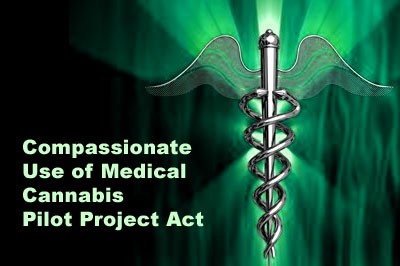
The medical cannabis program in Illinois is off to an absolutely horrendous start, and, absent radical changes in the next two years before the pilot program is scheduled to end, it could prove to be one of the very worst state programs to date. Sam Stecklow does of great job of discussing the issues in detail in what he calls “The Intentional Failure Of Illinois’s Medical Marijuana Program.” He notes that there are only 5000 patients, a small fraction of initial projections, and blames the situation on a highly restrictive list of qualifying conditions and few doctors willing to authorize medical cannabis use.
The tragedy of the Illinois program is detrimental to the many people who could benefit from the use of medical cannabis, even under the limited conditions currently approved by the state, but it is also likely to chill the interest of cannabis entrepreneurs and their financial backers. Several groups, including Cresco Labs, Pharmacann and Revolution Enterprises, have invested substantial capital into the construction of cultivation facilities and may end up mothballing them should Illinois not renew its pilot program.
In states with highly restrictive conditions and a limited number of licenses issues, entrepreneurs will often invest with the hope that the risk of spending too much and realizing low initial returns, if any, will be offset by a first mover’s advantage. This is certainly the case in Minnesota and New York and will likely be the case in Texas, which is developing a CBD-only program. While it’s possible that Illinois Governor Rauner will increase the list of authorized conditions (he has failed now to do so twice despite the recommendations of his advisors) or extend the sunset date beyond 2017, and it is also possible that there could be a legislative solution, it is rapidly becoming apparent that there is a very real risk the program could terminate. The unfolding disaster in Illinois serves as a reminder that investors and entrepreneurs should be extremely diligent in understanding the nuances of the regulatory environment in the states in which they intend to operate.
